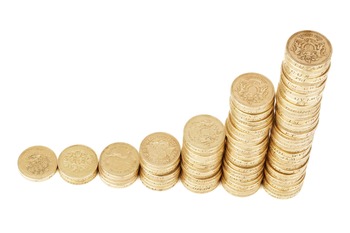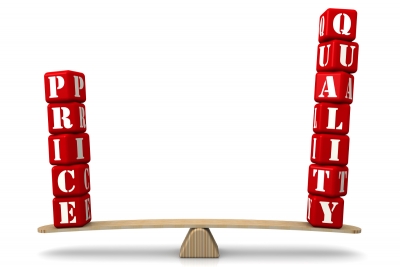There are already many of us who enjoy efficient and high quality lighting thanks to the multiple benefits of LED technology, but there is still a certain lack of knowledge about how they really work. Below we will try to show the reality behind the main myths about LED lights, which have been created over time.
1. LEDs last forever
LED lighting products last a lot longer than any other lighting technology, but obviously they won’t last forever. However, when LED lights reach their life expectancy, it doesn’t mean they will stop working. In most cases, they will continue to provide 60-70% of the original brightness.
2. LEDs do not generate heat
LEDs do emit some heat, but much less than incandescent or energy-saving lights, and this is one of the factors for their high efficiency. Likewise, they do not emit infrared, which is invisible and only contributes to further heating the lamp. LEDs also do not emit any ultraviolet light.
3. Switching to LEDs is very expensive
Initially, the cost of some LED bulbs may be higher than that of a conventional bulb, but in the medium term, you will be saving money. In any case, the prices of LEDs have dropped considerably in recent years and there are models that are amortized in less than three months.

4. LEDs do not resist vibrations
LEDs are very robust, containing no moving parts, delicate filaments or other fragile elements. Most of our products are built with very resistant materials such as polycarbonate or aluminum and all of them have the CE certificate that guarantees their quality.
5. LED lights do not work in very cold environments.
On the contrary. LED lighting is more efficient and can last longer when used in low temperatures. In fact, excessive heat does reduce the life of electronic components and not only in lighting products.
6. The light from LED bulbs is very white.
In the beginning, LED light was white because this was the way to achieve the highest efficiency. Today there is a wide range of light color temperatures, from the warmest yellow to the coolest of blues.
7. LED lighting is harmful to eyesight
LED light is as safe as any other artificial light source. Their intensity is comparable to that of any other conventional technology, and they are certainly not like lasers that focus light on a single point.
8. LEDs provide little light
This is totally false. An LED bulb can emit as much light as a traditional one, but with a fraction of its consumption. On average, the saving percentage of LED lights compared to incandescent is 80%.

9. More power, more light
Another concept that we have to forget. Although we have always relied on wattage to know how much light a bulb emits, this is no longer the case. In reality what we measure in watts is not the amount of light generated, but the energy consumed by the luminaire. Nowadays, the value we should pay attention to is the lumens that each bulb offers us and that does measure the amount of light it produces.
10. The quality of LED light is low
The light quality of LEDs is really good. To measure it, the CRI or color rendering index is used, which quantifies the quality of a light source from 0 to 100, with 100 being sunlight. Normally, a CRI>60 is considered acceptable and, in the case of LEDs, the typical value is between 75 and 85. In our online LED lighting store we even have luminaires whose CRI is above 90.
11. LED lighting needs time to “warm up”.
Well, not really. While other technologies flicker or turn on little by little to their maximum brightness, LEDs turn on almost instantly. Moreover, they can be switched on and off continuously without affecting their lifespan.
12. The light intensity cannot be dimmed
LEDs that are specially designed for this purpose can be dimmed without any problems. The only thing we have to take into account is to use the appropriate controller for the dimmable LED lights that we have or we are going to acquire.
13. LEDs contain toxic materials
Unlike fluorescent lighting among others, LEDs do not contain lead, mercury or other hazardous substances and are recyclable. All our products have the RoHS certificate that guarantees the innocuousness of the materials used.
14. Value for money does not pay off
A typical LED bulb can last up to 30,000 hours which, at 4 hours a day, is just over 20 years. Even if environmental conditions adversely affect the LED’s lifespan, it still lasts much longer than any alternative. In addition, its consumption is 80% lower than traditional lamps, which translates into substantial savings on the electricity bill and a very short payback period.

15. LEDs are evolving, I will wait until they are better.
Obviously, like any other electronic product, LED lighting improves over time. As with cell phones or computers, they are in a process of continuous evolution and nobody thinks “I’ll buy a cell phone when they stop improving”, right?
LED lighting has come a long way since it was discovered that a diode could emit light back in 1907. Currently, LEDs are efficient, durable, affordable and that is why from EfectoLED we want to banish those misconceptions that have been created around them.

